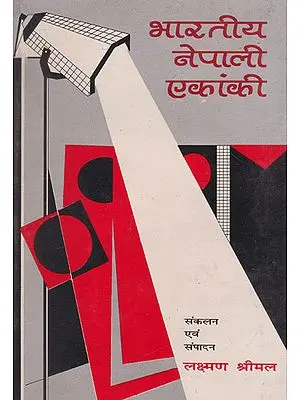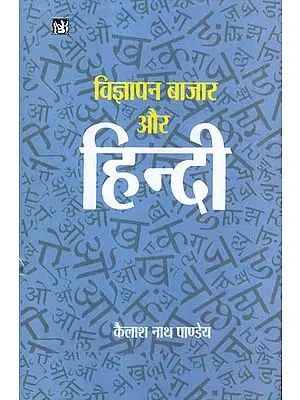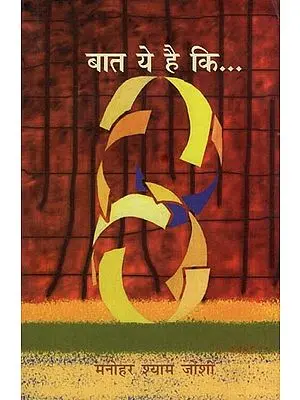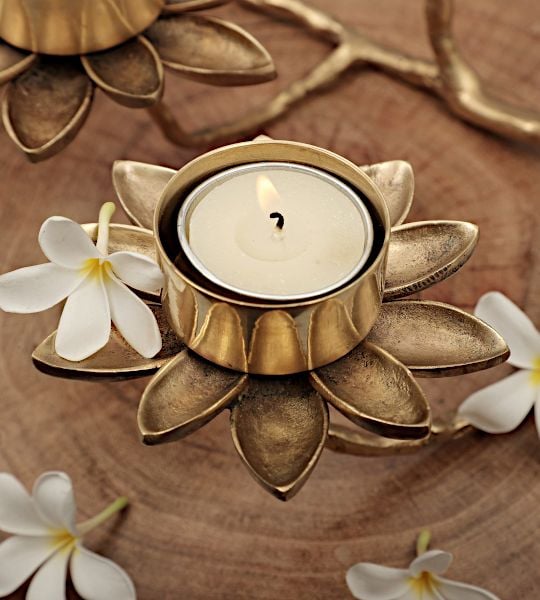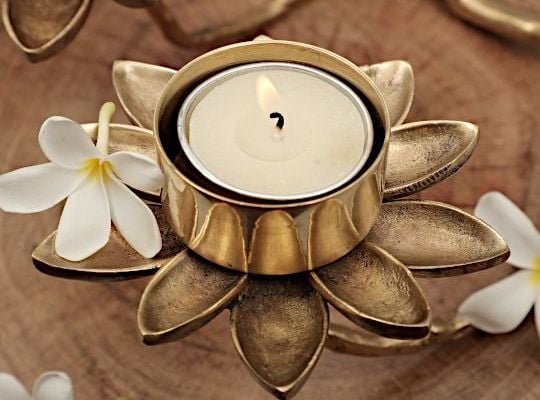Lord Ganesh in Floral Arch
| Item Code: | RT73 |
| Specifications: |
South Indian Temple Wood Carving
|
| Height: | 35.5 inch |
| Width: | 9.5 inch |
| Depth: | 2.5 inch |
| Weight: | 6.26 kg |
Both images of Lord Ganesha, contained in the two-tiered fire-arch, are four-armed and in ‘lalitasana’. The left-turning posture of the trunk in both images, known in scriptural tradition as ‘edampuri’, is also identical. A ‘laddu’ is a common attribute that the both trunks carry. The attributes : goad, noose, broken tusk, and a mango motif, that the four hands carry, so also the order of carrying them : goad and noose in upper hands and broken tusk and mango in the lower, are also the same. In both images the elephant god is pot-bellied, has large well unfurling ears and meditative eyes, and is identically bejeweled. Both images have identically conceived large temple-tower-like crowns and an elegantly designed band around the belly. Conceived with slightly different design-patterns, the dimensions of the fire-arches in rising perspective, that is, on sides, are similar, though they reveal considerable variation in their apexes, both in height and forms.
Despite these similarities the iconographic vision of the two images appears to be different, the bottom image manifesting him as Ekadanta, while the upper one, as Tryakshara Ganapati, both forms being largely alike. Ekadanta, as well as Tryakshara Ganapati, are usually four-armed forms of Ganesha, both being pot-bellied and both carrying the broken tusk in his normal right hand as here in these images, though in Ekadanta form it is a feature defining the image kind, whereas in the other, it is merely one of the broad attributes of the image. In Ekadanta form other attributes vary, though more usually these are axe, ‘laddu’ and often a rosary; in Tryakshara form these are goad, noose and mango, and these attributes rarely vary. Both, Ekadanta and Tryakshara Ganapati, have been conceived as lotus-seated, though in this artifact, only Ekadanta is lotus-seated whereas, perhaps for breaking monotony, Tryakshara Ganapati has been conceived as riding his mount mouse.
Ekadanta manifestation of Lord Ganesha, one of his initial eight forms enumerated in various Puranas, the Mudgala Purana in particular, is believed to prevail over man’s arrogance or ‘moda’, one of man’s eight major weaknesses, the other seven being pride, jealousy, infatuation, greed, anger, lust, and possessiveness or ego. These initial eight manifestations of the elephant god are believed to prevail over these eight weaknesses. Arrogance breeds non-acceptance and hence disharmony with the world one is destined to live in. Ekadanta Ganapati vanquishes this arrogance and makes life harmonious. Ekadanta Ganapati is also the patron of literature. It is said that it was for scribing the great epic Mahabharata, when sage Vyasa dictated it, that Ganapati had removed one of his tusks and using it as pen recorded it. Actually two things are hardly different. Only a harmonious mind might sing of life and the world. Hence, whether Ekadanta vanquishes arrogance or blesses with the ability to sing and write are only two faces of the same coin.
Tryakshara Ganapati is the Lord of the sacred syllable AUM, its form, sound and pervasion, the aspects that the holy syllable manifests. ‘A’ of the holy syllable, the essential component of all letters, is present in all sounds, ‘U’, the holy syllable’s middle part, defines descent, and ‘M’, its end-part, ascent of all sounds. Thus all sounds exist in AUM, and rise and fall by it, that is, the sound in every form is a mere transform of AUM which Lord Ganesha as Tryakshara Ganapati manifests in his body and form, ‘A’ manifesting his lower part – the total movement, enabling all sounds to move and travel, ‘U’, his belly that expands horizontally as well as vertically – the character of ‘U’ sound, and ‘M’, his head, ascendance being the character of both, head and ‘M’. And, there where Tryakshara Ganapati presides, the sacred syllable AUM defines the ambience, which symbolizes the abundance of life and its growth – something which the plant motifs carved as fire-arches around the two figures, and the parrot couple indicate.
This description by Prof. P.C. Jain and Dr. Daljeet. Prof. Jain specializes on the aesthetics of literature and is the author of numerous books on Indian art and culture. Dr. Daljeet is the curator of the Miniature Painting Gallery, National Museum, New Delhi. They have both collaborated together on a number of books.
 to all international destinations within 3 to 5 days, fully insured.
to all international destinations within 3 to 5 days, fully insured.Sculpting Serenity: Unveiling the Art of Crafting Wood Statues
1. Selecting the right wood
The process of wood carving begins with selecting a chunk of wood that is required according to the type and shape of the statue to be created by the sculptor. Both hardwoods and softwoods are used for making artistic pieces, however, hardwoods are preferred more than softer woods because of their durability and longevity. But if heavy detailing is to be done on the statue, wood with fine grain would be needed as it would be difficult to work with hardwood.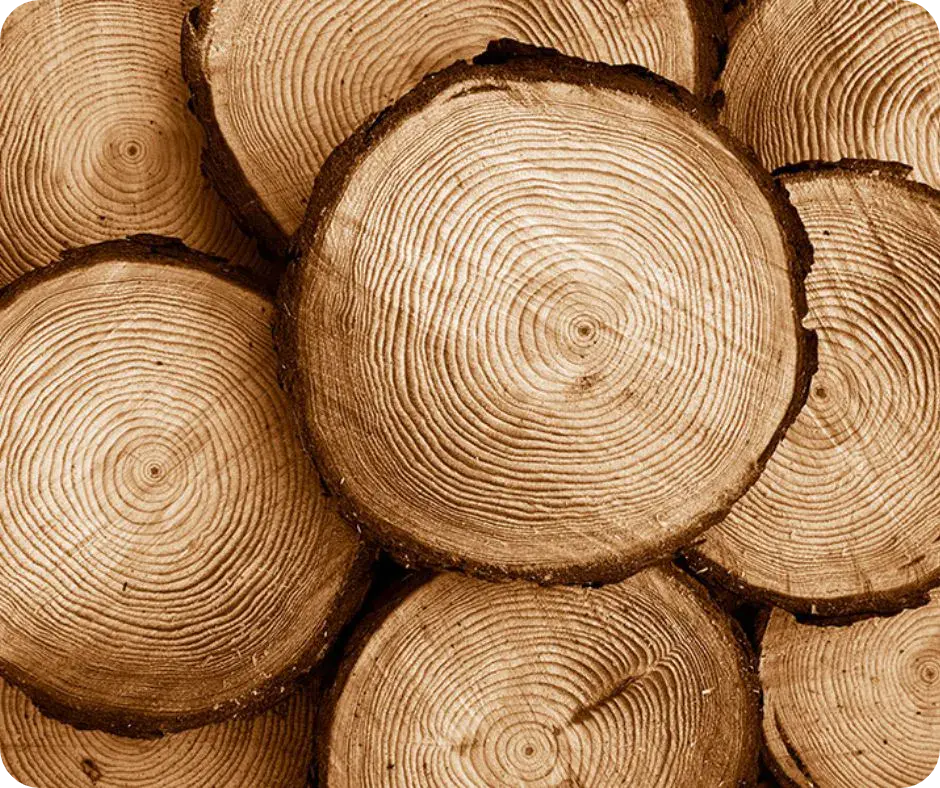
2. Shaping the wood
Once the wood type is selected, the wood carver begins the general shaping process using gouges of various sizes. A gouge is a tool having a curved cutting edge which is useful in removing large unwanted portions of wood easily without splitting the wood. The sculptor always carves the wood across the grain of the wood and not against it.
3. Adding detailing
When a refined shape of the statue is obtained, it is time for making details on the statue using different tools. This is achieved by using tools such as a veiner to make and a V-tool to create decorative and sharp cuts.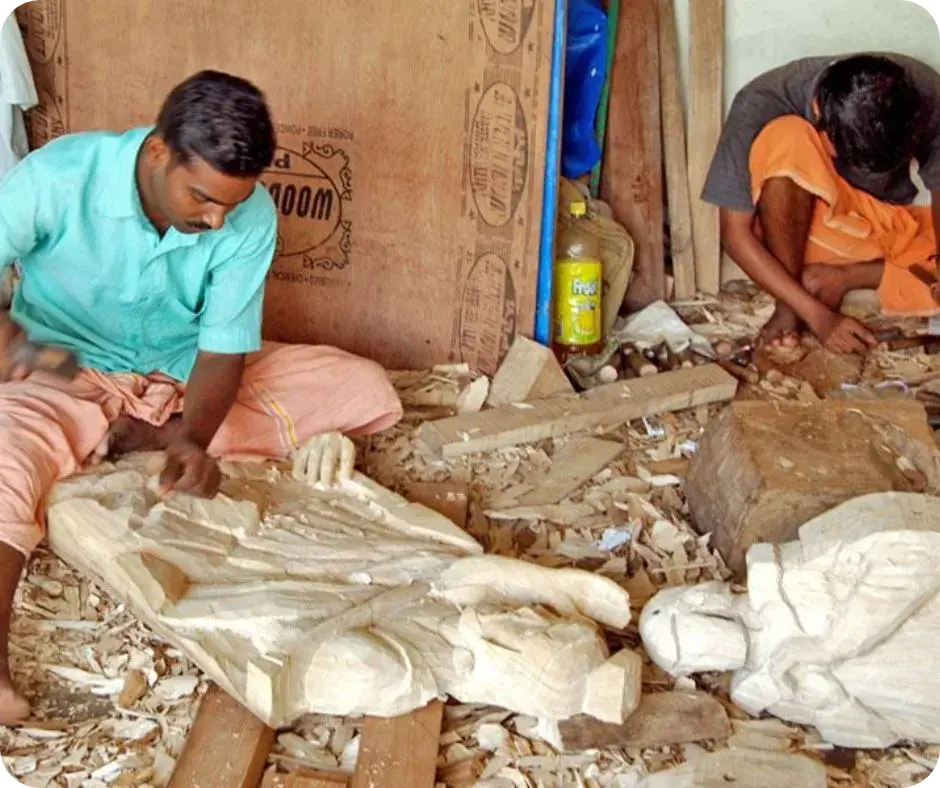
4. Surface finishing
Once finer details have been added, the sculptor is ready to smoothen the surface and give it a perfect finish. Tools such as rasps and rifflers are used to get a smooth surface. The finer polishing is obtained by rubbing the surface with sandpaper. If a textured surface is required, this step is skipped. Finally, to protect the statue from excessive dirt accumulation, the sculptor applies natural oils such as walnut or linseed oil all over it. This also brings a natural sheen to the statue.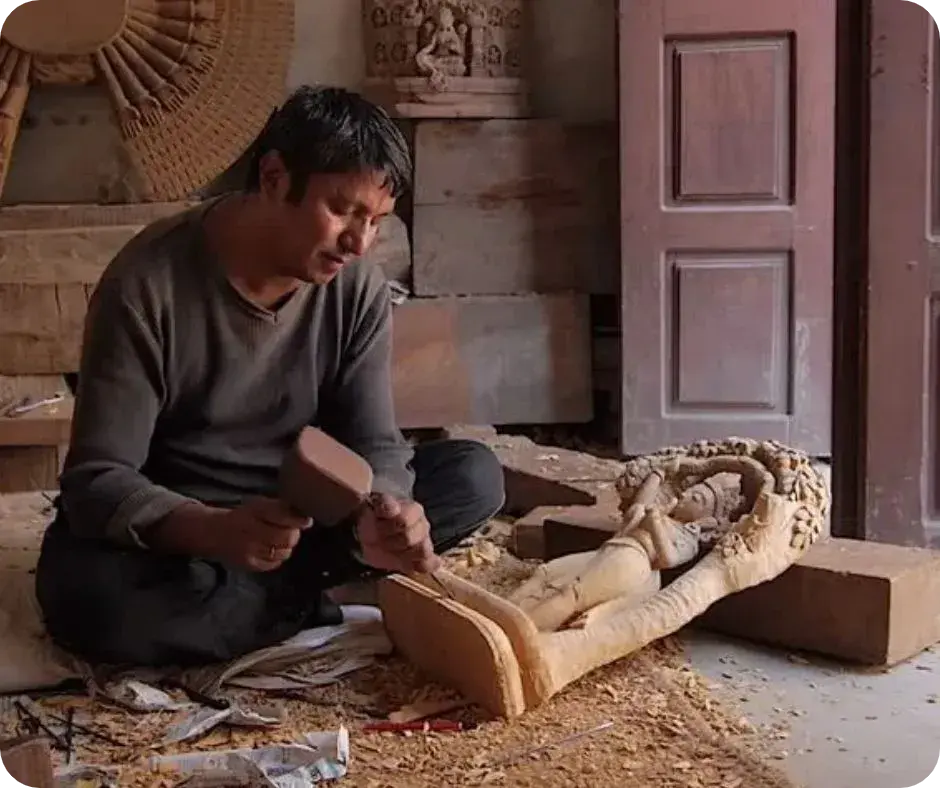
How to care for Wood Statues?
Wood is extensively used in sculpting especially in countries like China, Germany, and Japan. One feature that makes the wood extremely suitable for making statues and sculptures is that it is light and can take very fine detail. It is easier for artists to work with wood than with other materials such as metal or stone. Both hardwoods, as well as softwood, are used for making sculptures. Wood is mainly used for indoor sculptures because it is not as durable as stone. Changes in weather cause wooden sculptures to split or be attacked by insects or fungus. The principal woods for making sculptures and statues are cedar, pine, walnut, oak, and mahogany. The most common technique that sculptors use to make sculptures out of wood is carving with a chisel and a mallet. Since wooden statues are prone to damage, fire, and rot, they require proper care and maintenance.
- Wood tends to expand and contract even after it has been processed, thus it is always recommended to keep the wooden sculptures in rooms with little humidity. Excess moisture can harm your masterpiece.
- Periodical dusting of the finished piece is necessary to maintain its beauty as dust accumulation on the surface takes away the shine of the sculpture. You can use a clean and soft cloth or a hairbrush for this purpose.
- You must avoid applying any chemical-based solutions that may damage the wood from the inside. Instead, you can apply lemon oil or coconut oil using a cotton rag to the sculpture to bring out its natural shine. Lemon oil also helps to clean any stains on the sculpture.
- Applying a layer of beeswax protects the wood from sun damage and hides even the smallest imperfections on the wood.
It is extremely important to preserve and protect wooden sculptures with proper care. A little carelessness and negligence can lead to their decay, resulting in losing all their beauty and strength. Therefore, a regular clean-up of the sculptures is a must to prolong their age and to maintain their shine and luster.

